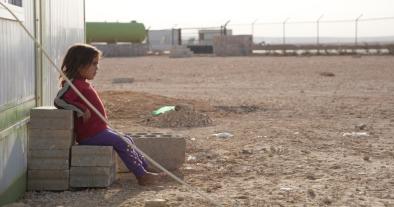Science Source
Did We See It Coming?: State Fragility, Climate Vulnerability, and the Uprisings in Syria and Egypt
- Examines how climate change, drought, environmental conditions, and natural resource management contributed to instability in Syria and Egypt leading up to the events of 2011
- Further examines the Failed States Index and the Notre Dame Global Adaptation Index as two popular indices and predictive tools utilized by foreign policy and security analysts, to determine how (or if) climate and natural resource variables were well-integrated into those indices prior to the Arab uprisings
- Concludes that climate events in China, Russia, and Syria in the years prior to the Arab uprisings interacted with existing water and food insecurities, as well as natural resource mismanagement, to create conditions that contributed to insecurity and unrest in the two countries
- Shows that the indices and predictive tools used by analysts to examine state fragility and the likelihood of state fragility, respectively, did not include sufficient attention to these natural resource dynamics
Related Content
Science Source
| American Meteorological Society
On the Increased Frequency of Mediterranean Drought
Martin Hoerling, Jon Eischeid, Judith Perlwitz et al
Headline

Mar 14, 2016 | Amnesty International
Syria's refugee crisis in numbers
Science Source
| UN-ESCWA
Inventory of Shared Water Resources in Western Asia
United Nations Economic and Social Commission for Western Asia (ESCWA)
Science Source
| American Meteorological Society
Water, drought, climate change, and conflict in Syria
Peter H. Gleick


